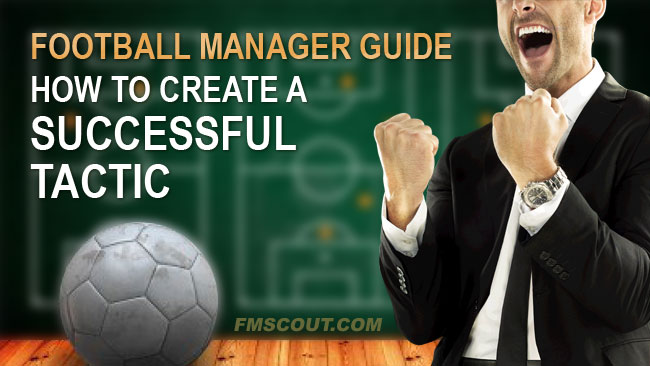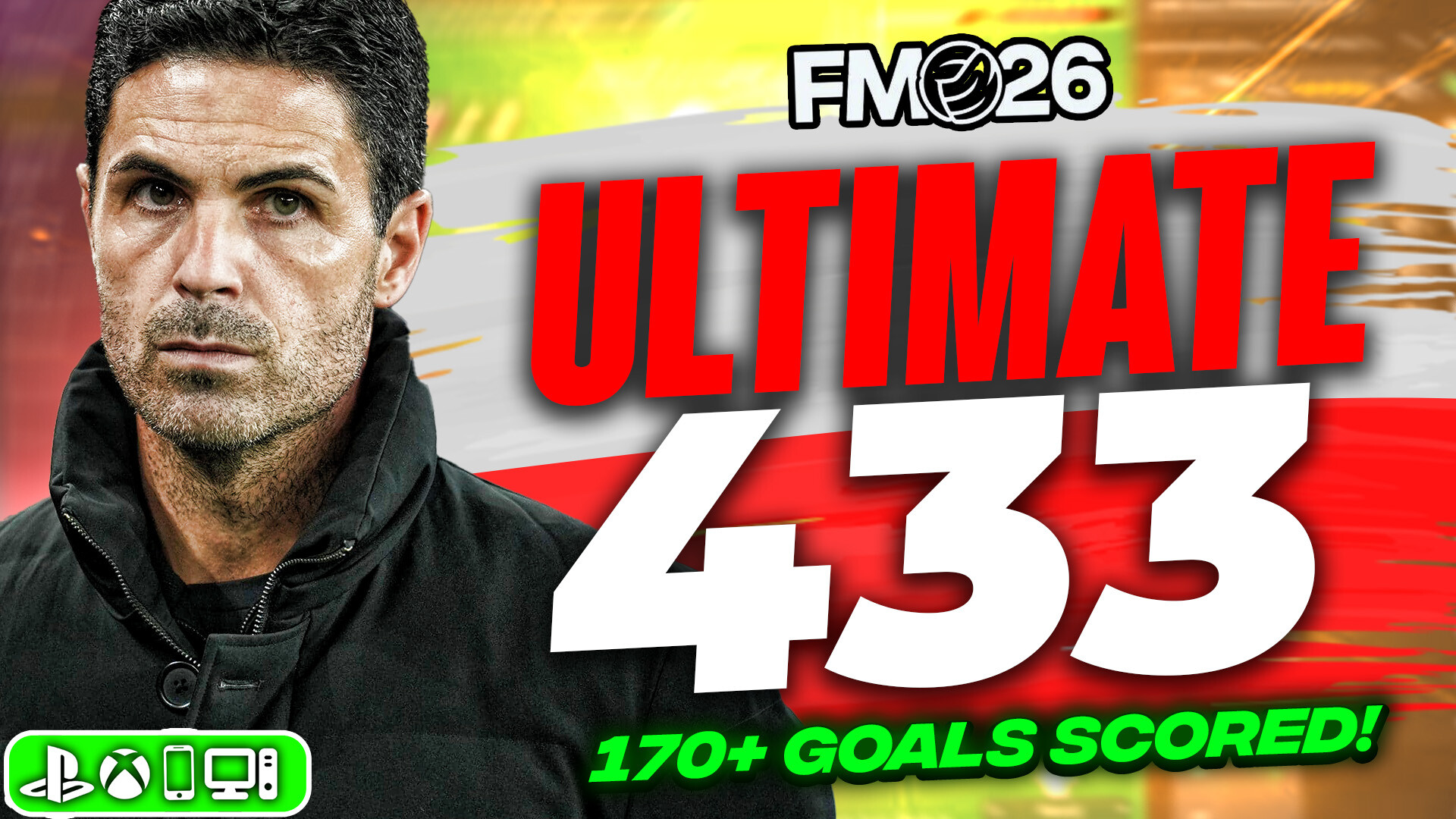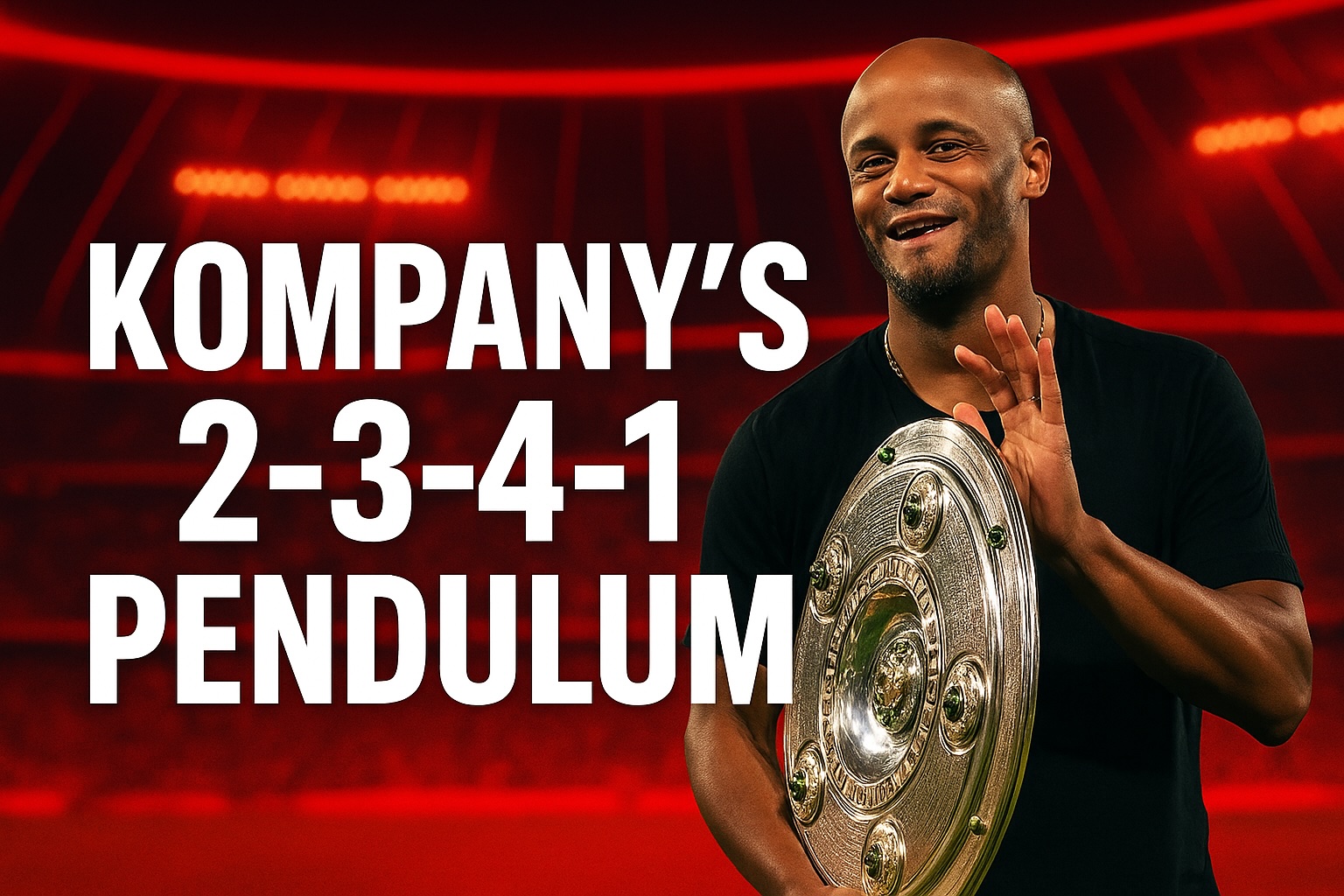
Player roles
Written by BertPlayer roles are important in creating your tactic. They give each player their role in the game, and what their mentality is. They define how your players act on the pitch, whether it’s in an expressive, attacking sense, or a cautious, defensive sense. Once you have chosen your formation, you will want to give your players their roles on the pitch.
My main point of this section is to not have too many of a similar type of player. This will hinder your team either attacking or defensively. Too many attacking players will leave you short in defence against a counter attack. On the flip side, having a team too defensive will leave your team weak in front of goal, and maybe lacking in support.
To help against this, you will need to create a balanced side. The easiest way of doing this, is by using your assistant manager, he will tell you the type of player that they are. From this you will be able to determine if a player is attacking or defensive and what role in the game that they play.
You can then build a squad around the formation you have picked and the types of players that they are. Say, for example, you are using a 4-4-2 formation. You have a general coverage of the pitch, and it is very balanced. This would also need to be balanced in the player roles as well. Ideally, you want your team to be able to dominate every area of play. To do this, let’s have a look at the three key areas; defence, midfield, and attack.
Defence
Starting with the defence, a Stopper and a Covering Defender perform very well together. One puts the pressure on attackers and makes the tackles, while the other one sweeps up the stray balls and the players that manage to slip through past your defensive line. It can also be a good idea to have a Ball Playing Defender in your line-up if you are looking to build your attacks from the back, as these players can show creativity and a passing outlet.Midfield
In Midfield, you can have a variety of combos. The most common combination is a Ball Winning Midfielder, and an attacking Central Midfielder. Ultimately, there is no right or wrong combination in midfield, but you need to make sure that you can dominate this area of the pitch. To do so, you need a more defensive player in your midfield to win the battles for the ball, and a midfielder who will create attacks with his passing and creativity.Attack
Your Attack is where you really get the chance to experiment player roles, as there are more unique playing styles in this area than in anywhere else. If you are using an Attack which has two or more players, make sure that their roles are all different, so as they don’t act in the same way, make the same runs, etc. The most common combination is having one Deep Lying Forward who will drop back into midfield to pick up the ball and create opportunities for himself, or for a Poacher/Target Man, who will look to get on to the end of attacking moves to score goals.Recommended Reading:
Make sure to read the excellent guide to pairs and combinations that will help you come up with a logical selection of instructions when selecting the roles for your team. It's updated with all new Football Manager 2014 player roles!
You can play around with this yourself and use Friendlies in Pre-Season to judge what player roles suit your tactic the most. Remember to try to keep a good balance and avoid using too many similar player roles when creating your tactic. If you can combine Player Roles which compliment each other well, your tactic is a huge step closer to being a success.




![TinyHips' Dark Mode Skin v4.4 [Win + MacOS] *UPDATED FM26.0.5*](assets/downloads/fm26/fm26-dark-mode-skin.th.png)
![[FM26] Leagues Mega Pack by @Timo@ (174 Nations + 17 Feminines) + 4 Utilities](assets/downloads/fm26/fm26-leagues-pack-by-timo.th.png)





Discussion: How to create a successful tactic on Football Manager
19 comments have been posted so far.
Change Log 27/05/2017
5. Team Instructions - Completely revamped to reflect recent changes in FM
14. Sideline Shouts - Page added to reflect importance of sideline shouts
but anyway, I still confuse. about attack near post and near post flick on,what kindof player should be suite? I mean, if we have good header,then why we ask him to flick instead of attack directly to the goal?and if we have player at far post who great header,why we didnt give the ball to him,but flick from near post instead?
and what about stand on far post? I quite didnt understand. so this just distraction? not the goal scorer?
how about attack from deep?
Freekicks:
I'm afraid that you're unable to have two free kick takers for the time being ( at least, to my knowledge), so you would have to suffice with having one of Ronaldo / Bale taking both free kicks around the box, as well as further up field.
Aiming a free kick towards the best header is normally used when a shooting opportunity is not on - so, for example, if a free-kick is from a wider position, the free-kick will be aimed towards the player who has the best heading attributes.
Taking a long free-kick means that if you have the ball deep in your opponents half, the ball will be passed up field in a more direct manner, instead of passing the ball short, and keeping hold possession. Choosing a long freekick is best if you're playing a more direct tactic, where as a short free kick is best if you have players that can play with a fast tempo and small passes.
Corners:
A near post flick would require a player to essentially 'flick' the ball backwards towards either the center of the box, or towards the far post - a good example of this in real life could be seen with Manchester City. Often during matches Demichelis flicks the ball backwards for someone else to score. If you were to use this, then make sure to have players placed both centrally and attacking the back post.
Attacking near post is where the player attack the ball at the near post in an attempt to score. This differs to the near post flick on as the near post flick on does not try to score - simply move the ball on in order to allow someone else to score. If you're going to use this, then make sure the player who's attacking the near post has good attributes in the following areas: Heading, Jumping reach and strength. Other attributes that can be included are Balance and Bravery.
I hope this cleared things up for you! :-)
I don't think that there is a way of setting different players to take long and short range free kicks. Usually, the players that are good at free kicks tend to be
corner kicks too. Also, long will play a long ball into the box as far as they can, whereas best header will go higher, for the best header of the ball to jump up and head it as no one else can reach,
The difference between each of these is actually quite big. Attack near post will make your player run to the near post and attempt to head the ball in. On the other hand, near post flick on will make the player at the near post head the ball to the far post over the defenders instead of shooting himself. Attack far post is similar to attack near post, as the players will try to head the ball in at the far post, and I think Stand on far post will attempt to distract other team defenders and create space in the area.
Free Kick
my problem on this set piece ,is , FM is sometime unreasonable. for the free kick from very long distance,where player would pass it to another team mate instead of shot on goal, they put my free kick taker here,which is not effetive. I mean,if you see real madrid , they would put cristiano ronaldo or gareth bale as free kick taker ,from reasonable range to shot on goal. if the free kick place is too far to be shooted, then xabi would take instead ,so he could aim the ball better. but in fm, this doesnt happen. all free kick would taken by ronaldo ,except the free kick from touchline..
any souliton?
I also didnt understand,what is "long" option on free kick aim optin mean?
couldnt it become "long and to best header"?
corner kick
any explanation about the different between "near post flick on" and attach near post?
how about "atack from deep and lurk outside area'?
and "attack far post" with "stand on far post"?
I didnt know which is the right time to chose them.
Kudos!
@Bert: Thank you for contributing. We have some new guides in the works, I'll ask you for more contributions soon
Thanks for this fantastic guide.
Just one thing I would like to mention... earlier, according to my experience it is not the best option to mark tightly a pacey opponent as they will be able to lose your defender who is not that fast...
what do you think?
Good read for the other sectors, and really good help in the parts that I'm not as comfortable with.
Nice guide all round!